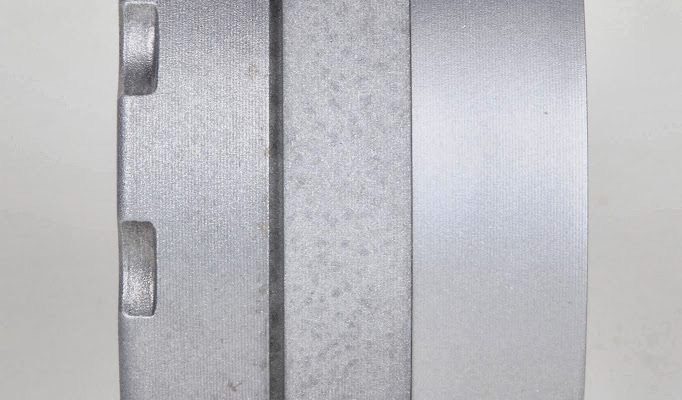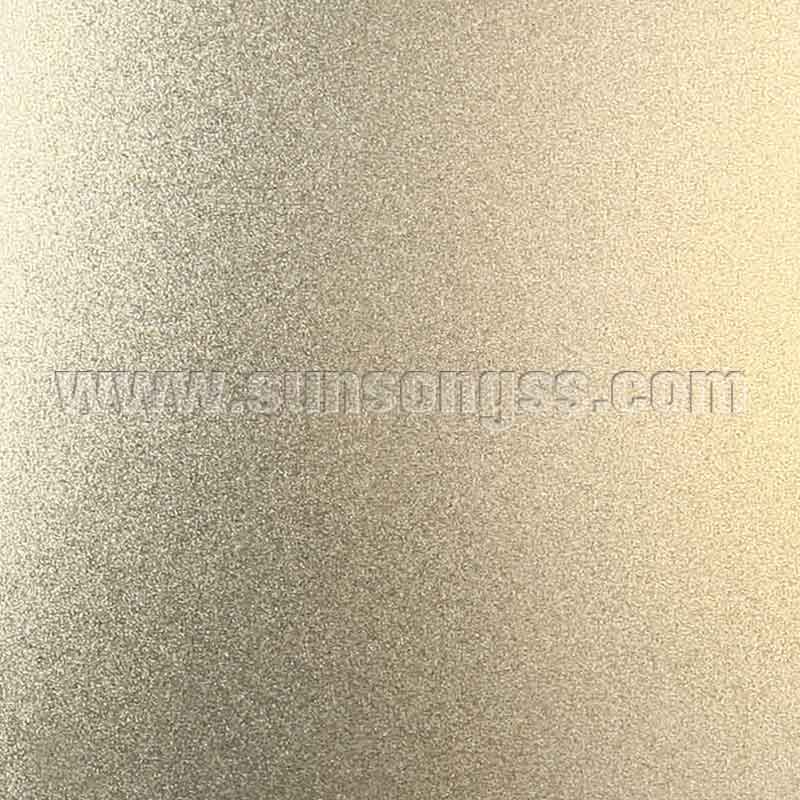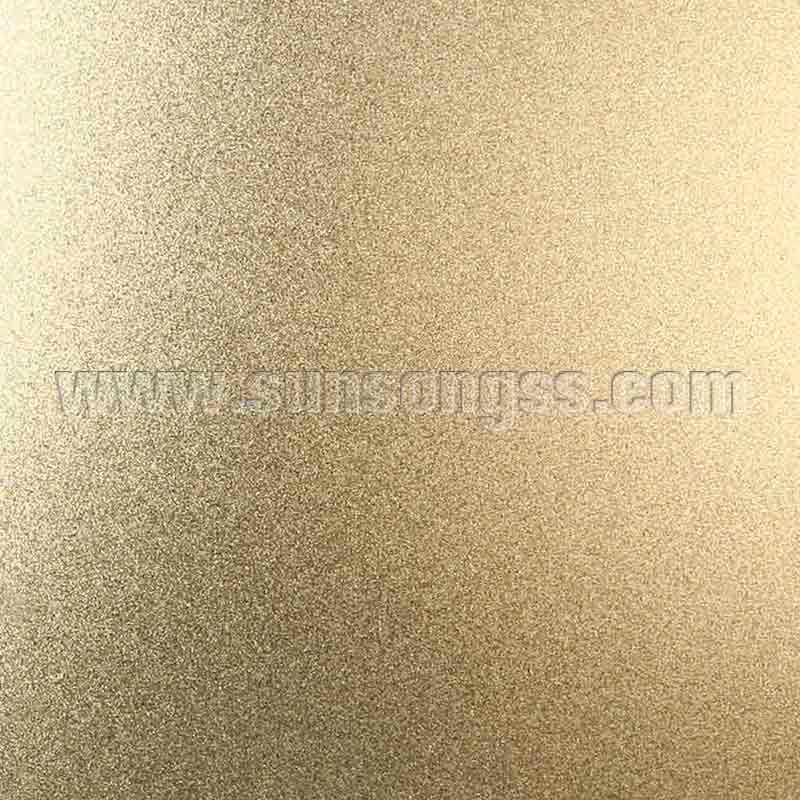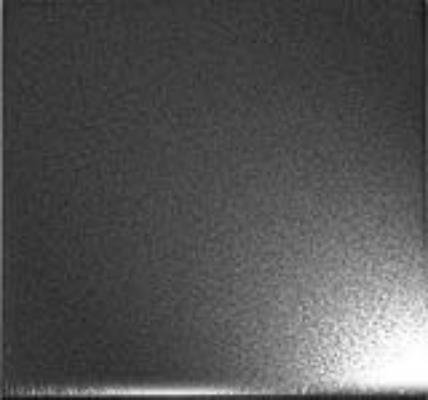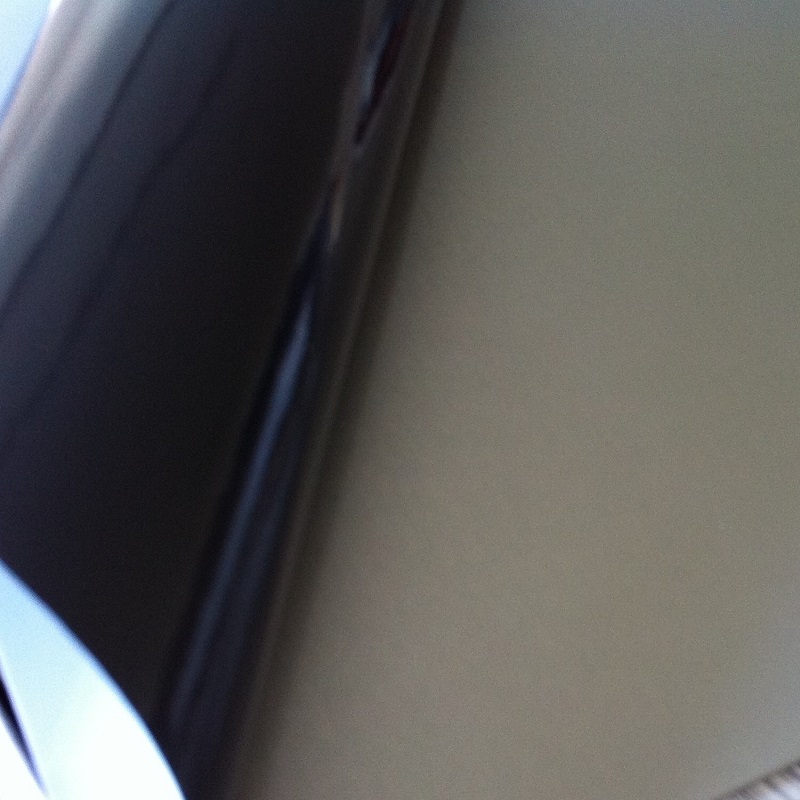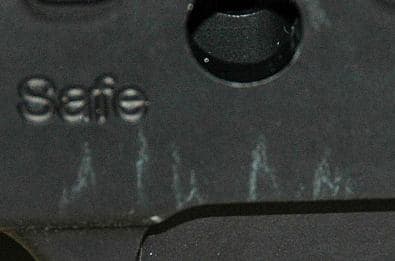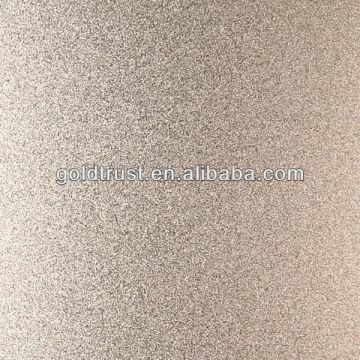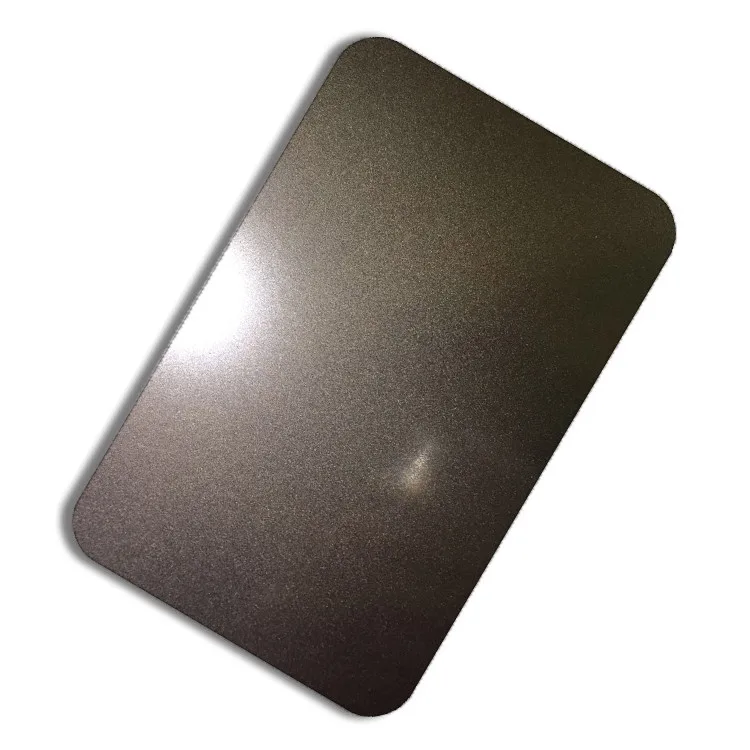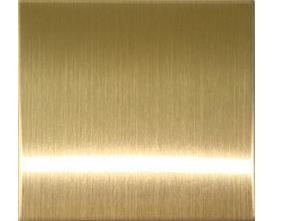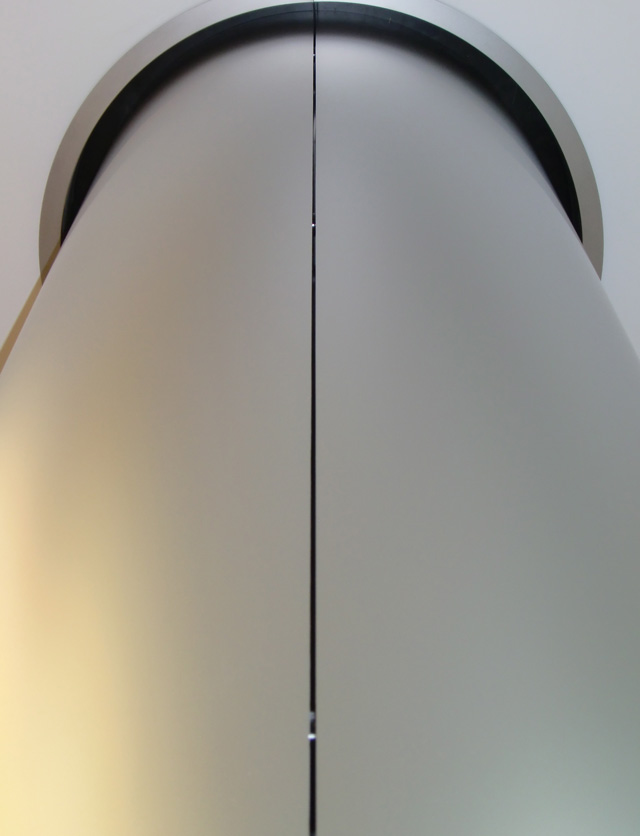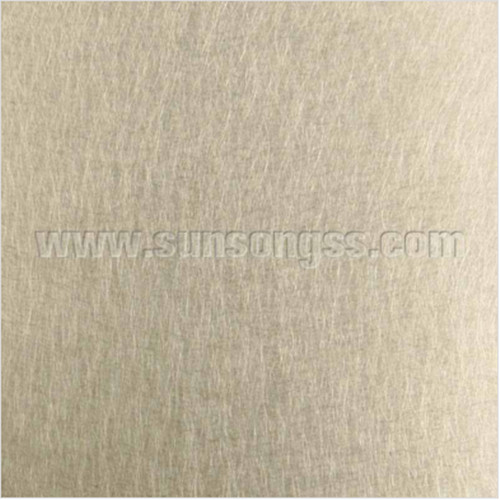Beadblasting is a process of altering the finish of a metal surface by subjecting the surface to a stream of glass bead sand or aluminum oxide particles delivered via high pressure.
Bead blasted aluminum sheet.
Walnut shells sand and glass beads are common.
Decorative bead blasted black sheet in order to meet the international market demands we imported an automatic bead blasted production line which is applied to surface processing of stainless steel and aluminum sheets.
Generally the basic material are 201 304 316l 430 441 443 and the surface would shown nice metal bright after finish.
You cannot use steel based blast medias with aluminum surfaces because steel media will impregnate the aluminum surface and create corrosion.
Most shops say it s an art.
When a sufficiently hard abrasive particle strikes steel it deforms the surface into a valley and pushes up peaks.
Bead blast is a non directional finish that is uniformly textured and low gloss.
One of the greatest keys to successfully blasting aluminum surfaces is choosing a sandblast media that is appropriate.
If you are blasting aluminum surfaces the abrasive media most often used is glass beads sodium bicarbonate or walnut shells.
Other blast media considerations will include cost effectiveness and the end appearance of the surface.
Any media can be used.
Key 1 for blasting aluminum blast media choice.
Bead blast can also be used for wall panels coping and trim.
Steel is harder than aluminum and can create a surface profile which leads to corrosion.
The distance between the top of the peak and the bottom of the valley is known as the depth profile.
The consistency of the finish makes it excellent for panel to panel matching.
Pick a media a pressure a distance from the part and then blast the surface.
In the u s the depth profile is measured by mils thousandths of an inch in the metric system the micron one millionth of a meter is used.
The result is a matte non reflective finish.
In effect the surface is blasted by the particles.
Can be coated with anti fingerprint coating for interior use.
Its lower reflectivity makes it suitable for roofing applications.
Steel shot or steel grit should be avoided.


